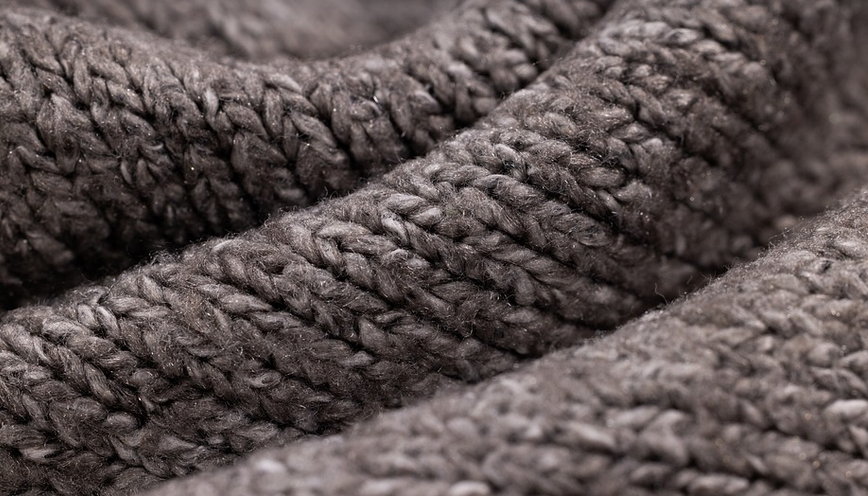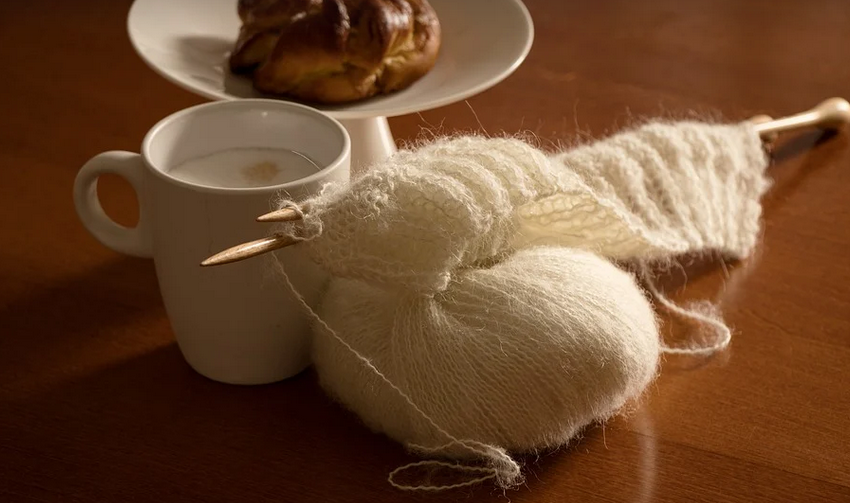
The Case of the Disappearing Dish: An Exploration
Let’s face it, we all know that feeling – opening up a container of leftover stovetop stuffing and wondering if that delicious aroma is actually a remnant of past culinary glory or a ghostly spectre of something you should avoid. The answer to this age-old question is more nuanced than simply “yes” or “no.”
The reality is, there’s no one-size-fits-all answer when it comes to the shelf life of your beloved stovetop stuffing. It all hinges on a few key factors: what ingredients were used, how was it stored, and even the time elapsed since you first assembled that delightful creation.
The Ingredients You Can’t Ignore
To understand if your stuffing is still safe to eat, we need to look at the individual components. Firstly, let’s talk about bread: a staple in any good stuffing dish. The quality of this ingredient plays a significant role. If the bread was fresh and properly dried before being used, it’s likely to have a longer shelf life than stale or overly moist bread.
Next, you’ll find that the stuffing is packed with savory flavors like herbs, broth, cheese and even sausage. These ingredients contribute to the overall taste of the dish but also play a crucial role in its potential for spoilage. The key here is moisture content: if your stuffing has been overly moist due to the ingredients used or improper storage, it’s more likely to grow unwanted molds or develop bacterial growth.
Time and Temperature: The Culprits Behind Spoilage
Time and temperature are often overlooked in the context of food preservation, but they can be a key factor in determining if your stuffing is still good to eat. The danger zone for bacteria, where rapid growth occurs, lies between 40°F (4°C) and 140°F (60°C). When it comes to our beloved stovetop stuffing, the temperature control is crucial.
If your oven mishap resulted in a warm, moist environment for your stuffing, then chances are you might be dealing with an increased risk of spoilage. The longer your dish sits at room temperature after preparation, the higher the probability that bacteria will start to multiply and form unwanted microorganisms. In addition, if your stovetop stuffing was kept out of the refrigerator for extended periods, it’s even more vulnerable to spoiling.
The Visual Verdict: A First Glance
Before we dive into the intricacies of potential spoilage, let’s talk about what to look for when inspecting your leftover stuffing. A good rule of thumb is to always inspect the stuffing visually before consuming it. This inspection should involve a careful evaluation of both color and texture.
First, check for any obvious signs of discoloration: does your stuffing seem unusually dark or brown compared to its original appearance? This could indicate that certain components have gone bad, particularly if there’s an increase in mold growth. Color changes can be a warning sign. If you notice mold growing on the surface, it is imperative not to consume the stuffing. It’s never worth the risk.
Next, assess the texture of your stuffing. Is it crumbly and dry? Or are there any soft chunks or puddles that may indicate unwanted moisture accumulation?
The Science Behind the Dilemma: A Closer Look at Spoilage
So, what exactly happens when food spoils? It comes down to a complex interplay of various factors. The breakdown of cellular structures and the formation of harmful substances like bacteria, mold, or yeast can all contribute to spoilage.
Bacteria are microscopic organisms that thrive in warm, moist environments and are constantly searching for nutrients. In the case of our stuffing, if left unrefrigerated after preparation, they might start multiplying and consuming any available food, ultimately creating an unpleasant taste and texture.
Mold, on the other hand, is a different type of organism that grows in damp places and feeds off fungal spores. It has its own set of challenges to overcome; if your stuffing does not contain enough moisture to support mold growth, it’s likely safe to enjoy.





